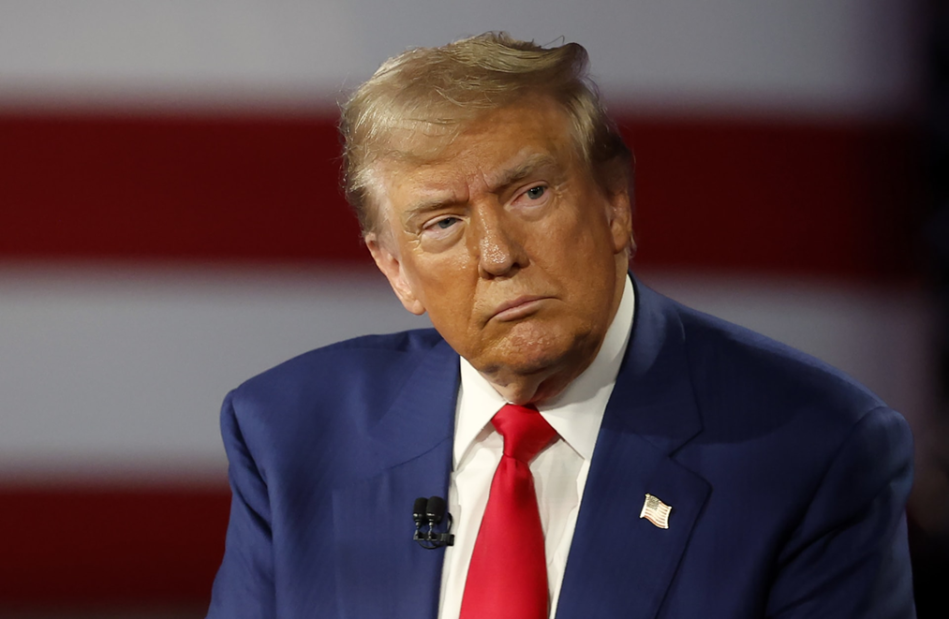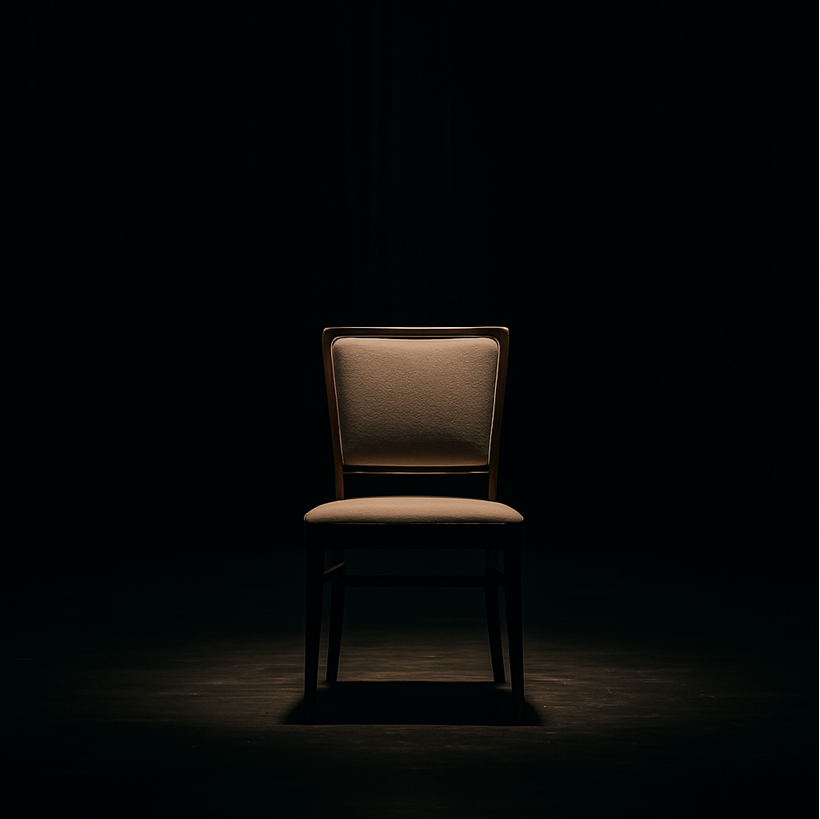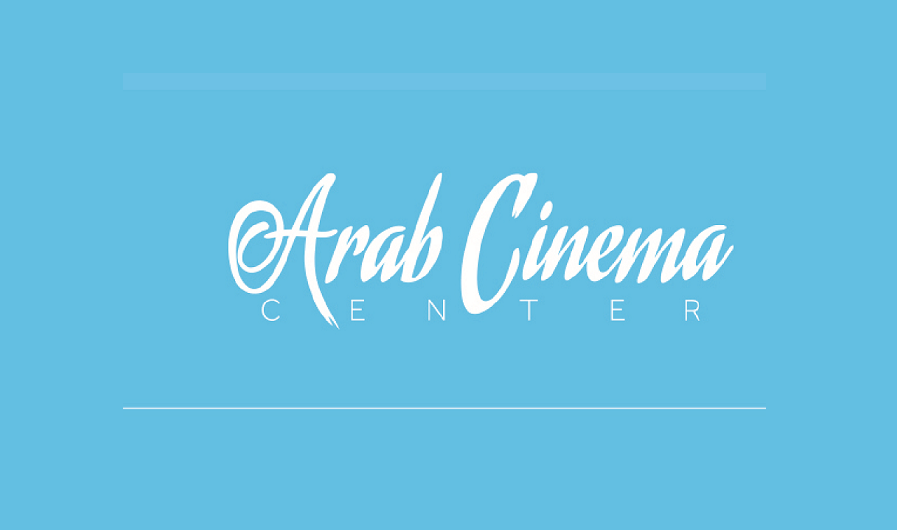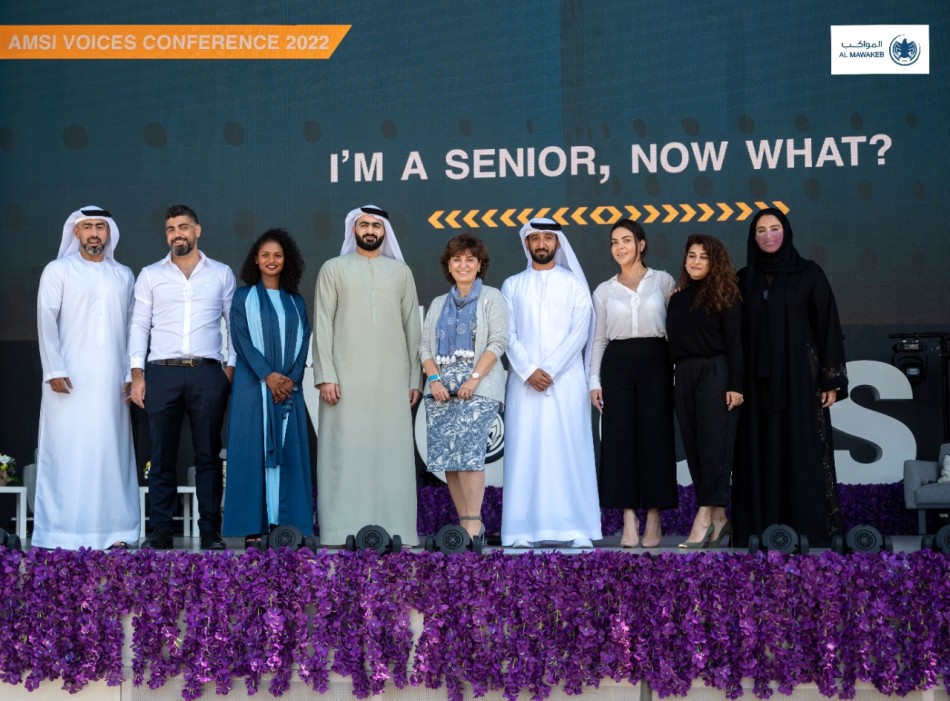AlUla welcomes lovers of nature-simulating arts at the exhibition "Desert X AlUla 2022"
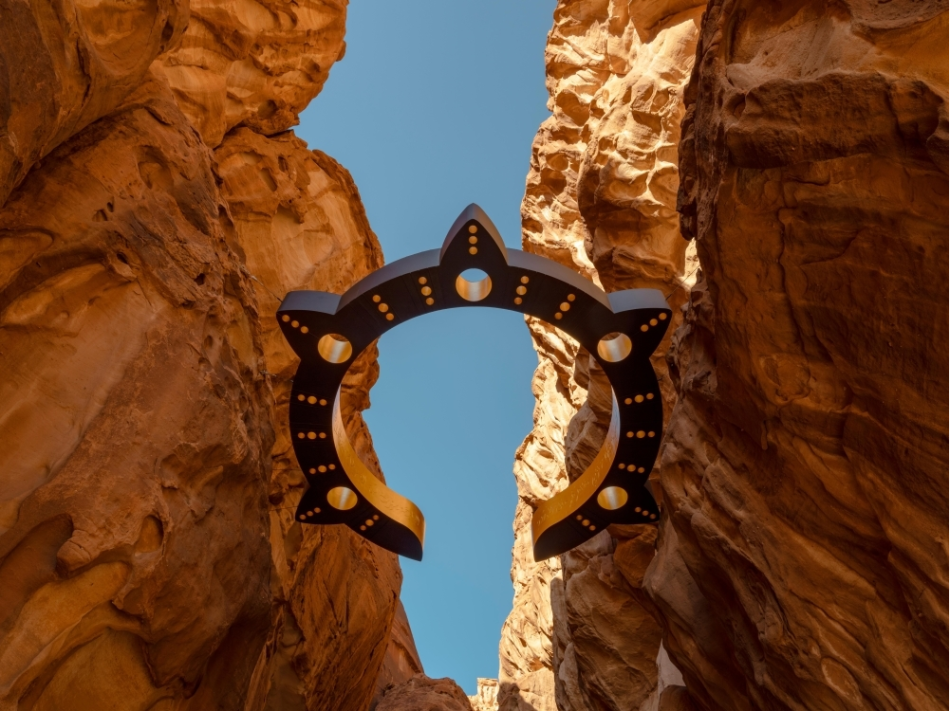
AlUla - AlUla welcomes art lovers from all over the world at the Desert X AlUla exhibition 2022, which is specialized in mimicry of nature, which is held regularly in AlUla. Contemporary multi-ethnic echoes from all over the world for fifteen Saudi and international artists set amid the stunning desert landscapes of AlUla.
Under the theme of Sarab, this year's exhibition draws inspiration from mirages and oases rooted in the history and culture of the desert, as these ideas have gained great importance around the world over the years. The participating artists responded with new works dealing with dreams, camouflage, imagination, invisibility, extraction and illusion while showing the difference between the natural world and the man-made world.

It is worth noting that the exhibition will be held this year from February 11 to March 30, 2022, after the great success achieved in the first edition in 2020, and the visit is free for everyone.
The Desert X Al-Ula exhibition 2022 will be held through a joint program between Desert X in California and the Royal Commission for Al-Ula Governorate, where the program was established to promote renewed cultural dialogue through art, and it is the first exhibition of its kind in the Kingdom of Saudi Arabia that simulates the nature around it and was formed through an inspired vision. from the desert. The program also promotes dialogue and cultural exchange between artists and curators, as well as local and international communities. Desert X AlUla also draws on a foundation of geographical art based on the backdrop of the Desert X exhibition in Coachella Valley, California, providing a profound opportunity to experience art in dialogue with nature on a massive scale.
It is worth noting that the next exhibition will be held in Al-Ula, but in a different location from the previous edition. It is located in a valley that gives visitors the opportunity to roam and enjoy the beautiful scenery.
In this exhibition, artist Shadia Alem presents a sculptural installation adapted to the art of origami or the art of paper folding, and her artwork applies the main principles of geometry and beauty, to create forms with semantics inspired by Arab desert literature, mathematics and mythology.
As for Dana Awartani, her sculpture is inspired by the traditional architecture of the Al-Ula region. The sculpture takes a concave geometric shape that refers to the Nabatean tombs and imitates the shapes of the surrounding mountains, valleys, caves and rock formations.
Serge Atukwe Kloti's installation discusses the experience of globalization, migration and water equality by covering slabs of rock with finely woven fabrics made from yellow 'Kofour' sacks, the plastic containers used in Ghana for storing and transporting water.
Claudia Comti's work presents an evolution in the architecture of the walls that impose their presence among the natural system of the AlUla valleys, where each of the walls carries a broader algorithmic composition linked to the waveforms that form the sound and surface of the desert.
Shezad Daoud navigates deep time ideas and the relationship of stratigraphy and biology between the desert lands and the area near the Red Sea by working through a pair of coral reef-like shapes whose temperature-sensitive surfaces reflect the effects of climate change and the ongoing human struggle to find a sustainable relationship with a rapidly changing ecosystem .
Geographical arts specialist Jim Dennevin also creates ephemeral drawings whose interwoven patterns discuss the shifts in size and weight that often shape our experience in the desert and our attempts to place ourselves within boundless spaces.
By linking nature and technology, Stephanie Dommer has created an underground greenhouse, referring to the lush haven of plants where the desert lands in addition to a large group of solar panels form a flowing pond with an active energy ring where solar energy is stored and converted through the construction process photosynthesis to growth and transformation. On the other hand, the clay artwork of Sultan bin Fahd is shaped like a desert kite, with mirrors added to give the appearance of a mirage, and includes an urn-like sculpture engraved with four symbols traditionally used in Nabataean tombs.
Using discarded camel hides on an abstract geometric base resembling a rock formation in the desert, these carvings of camel skins merge into the mountains to create a camouflaged scene. Alija Kwadi also worked on making architectural structures related to the natural artifacts that she encounters on the desert lands, which she rearranged and remade to create ever-changing perspectives to touch the delicate thread between reality and illusion. As for Sheikha Al Mazrou’, she adds longitudinal metal structures to the hollows, to give a balanced scene to the landscape, as well as balancing the situation between stagnation and movement, creating a silent composition but a meaning linked to the process of inertia.
And the artwork by Abdullah Al-Othman refers to the theories of refraction of light dating back to the ancient history of the desert civilization. With steel bases, this work interacts with light and creates a radiant space that shows the experience of capturing a mirage for the first time. Khalil Rabah also creates a mirage through a grove of olive trees, where he stands in the desert as living beings who fled their lands and are overcome by longing to return, as a search for land and life.
Monica Sosnowska discusses through the sculpture Al-Ula's historical status as an important hub and main station for trade, as well as for the revival of its culture. Through the use of heritage rails from the Hijaz railway that stretched from Damascus to Medina, these steel rails were transformed into giant dry herbs full of potential for growth and transformation. As for the sound scene of Ayman Zidani, it consists in a rocky cave of wires carved horizontally to give an audio display of music, sounds and footsteps, creating a mixture of sounds that add to the atmosphere of nature.
While the exhibition "Desert X AlUla" aims to contribute to the artistic heritage of the local community in the region and its sustainability.
